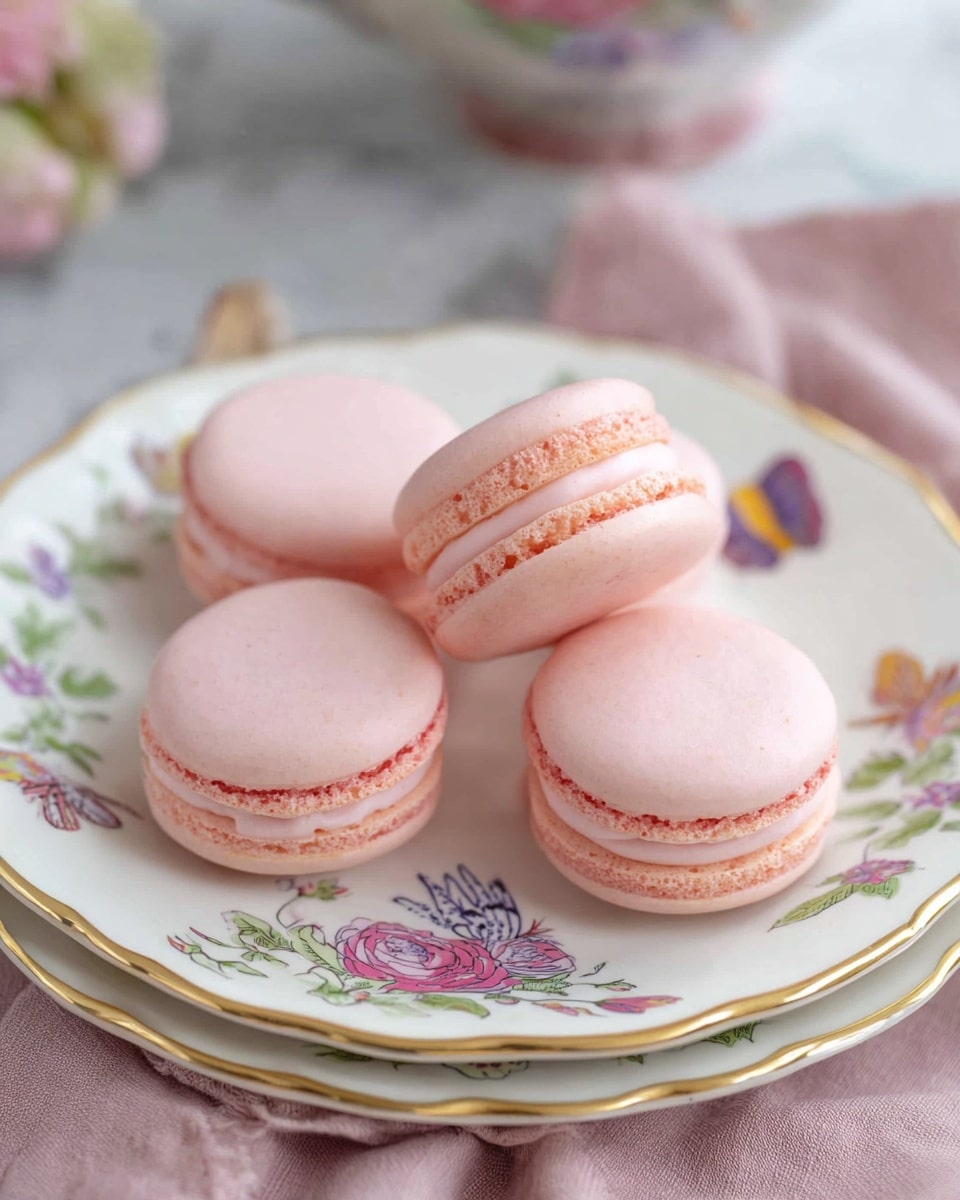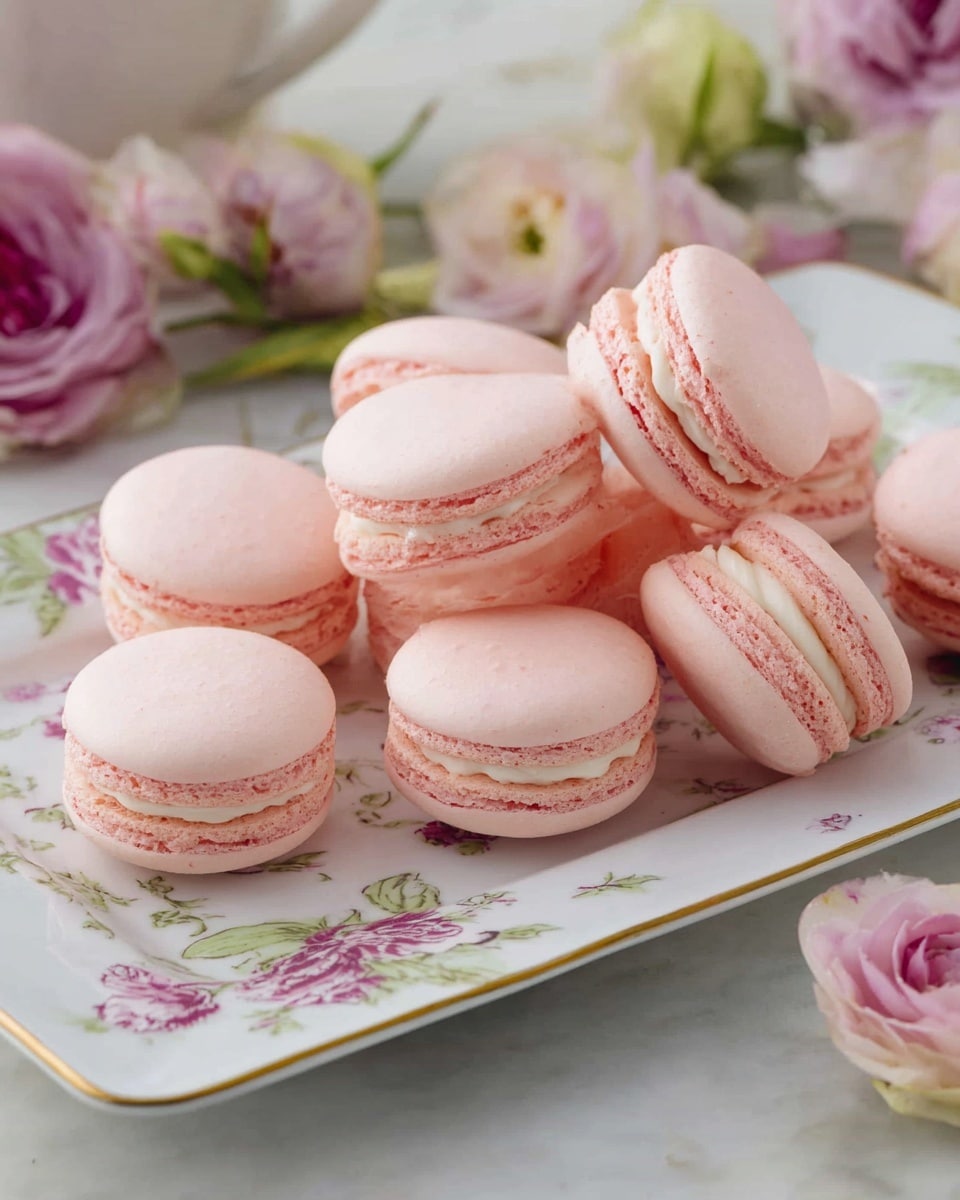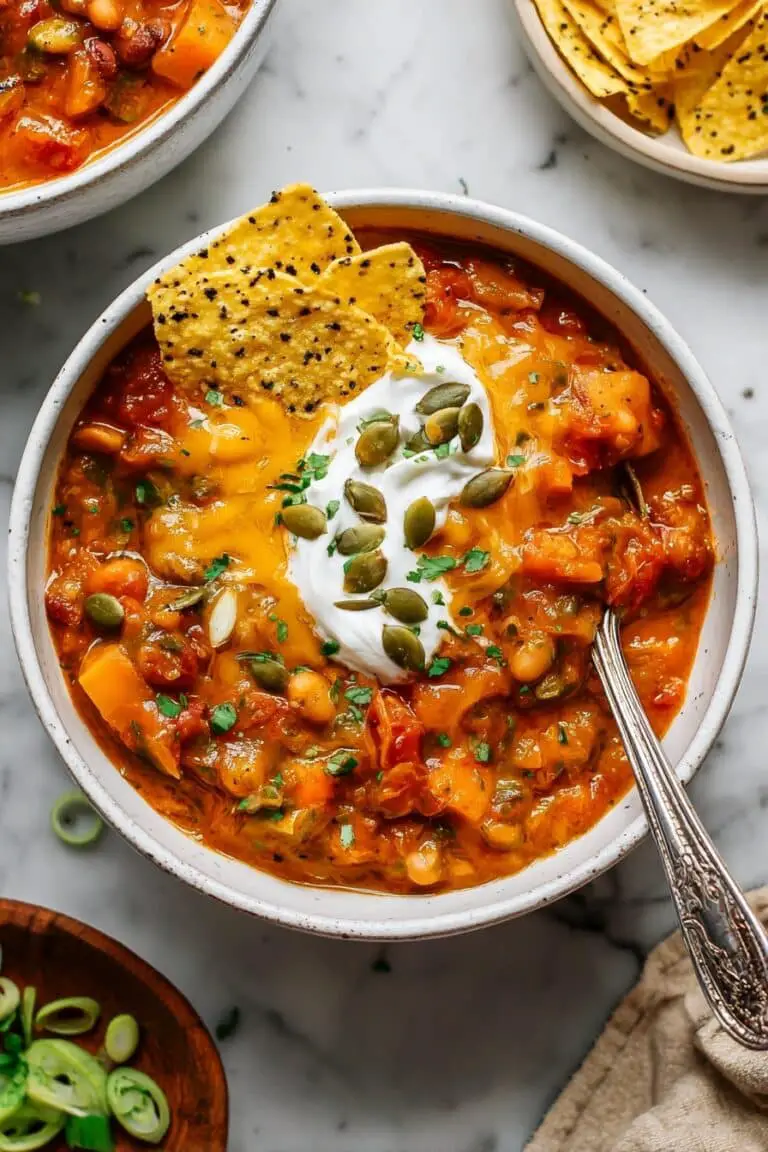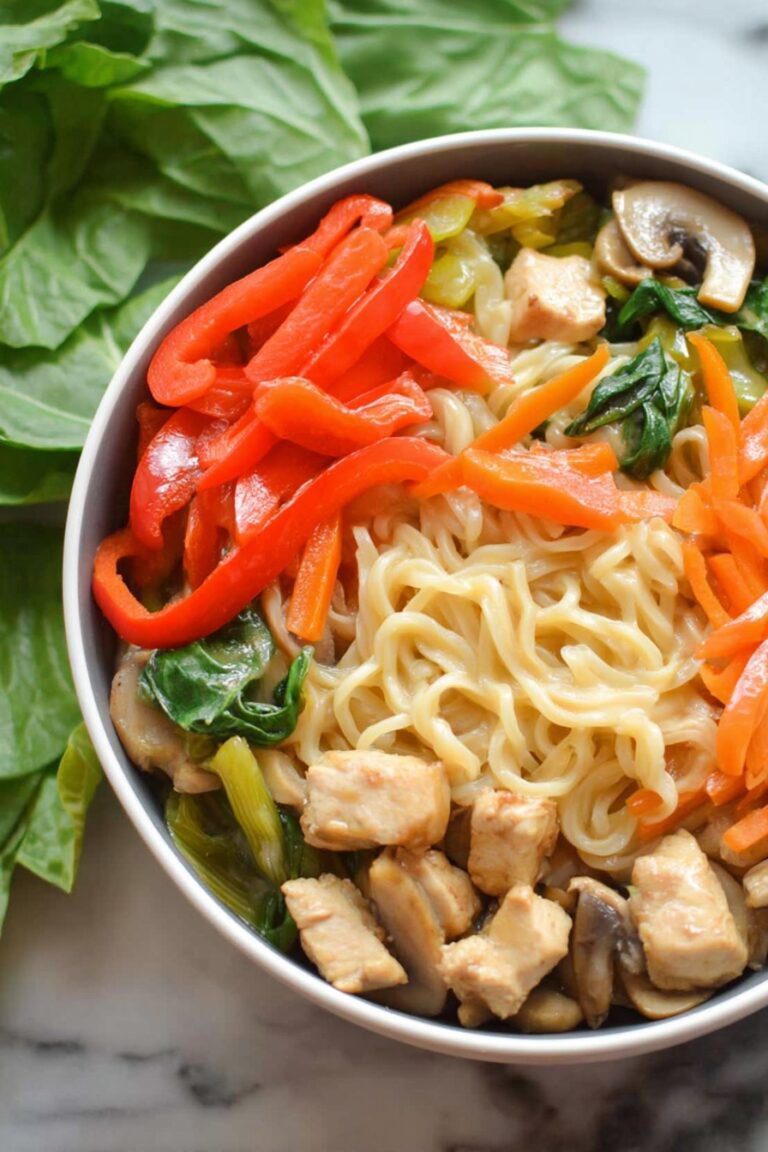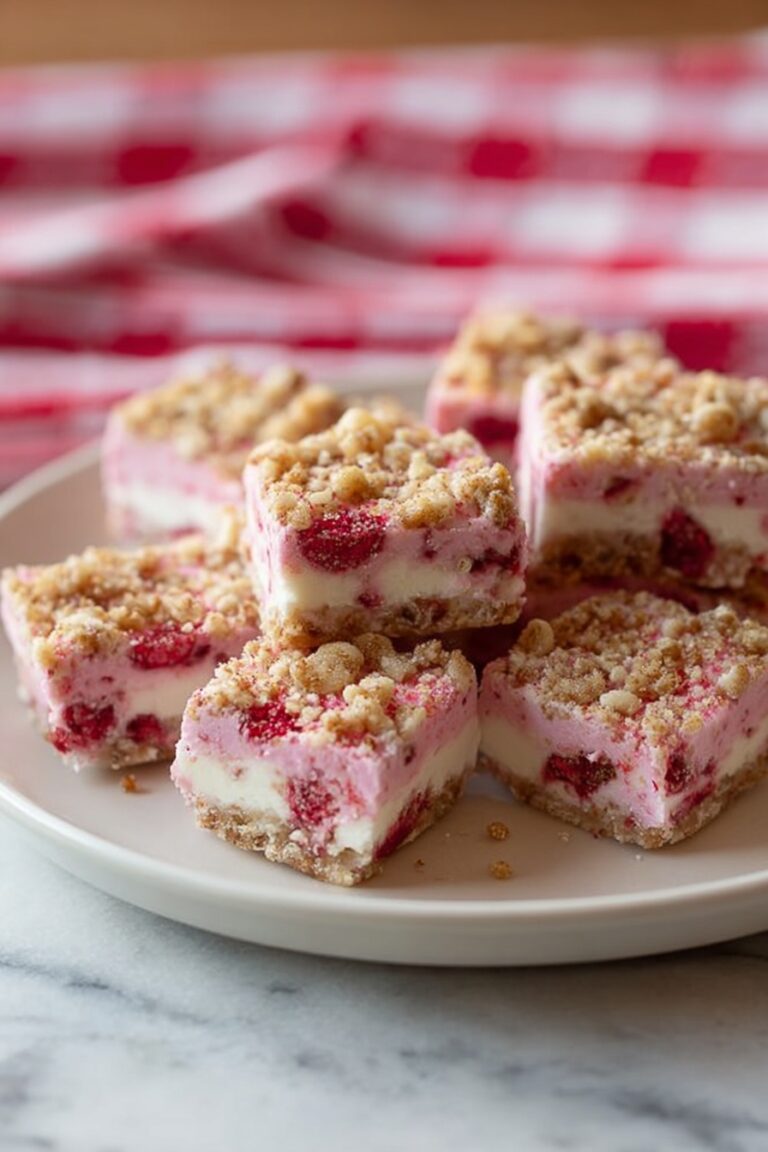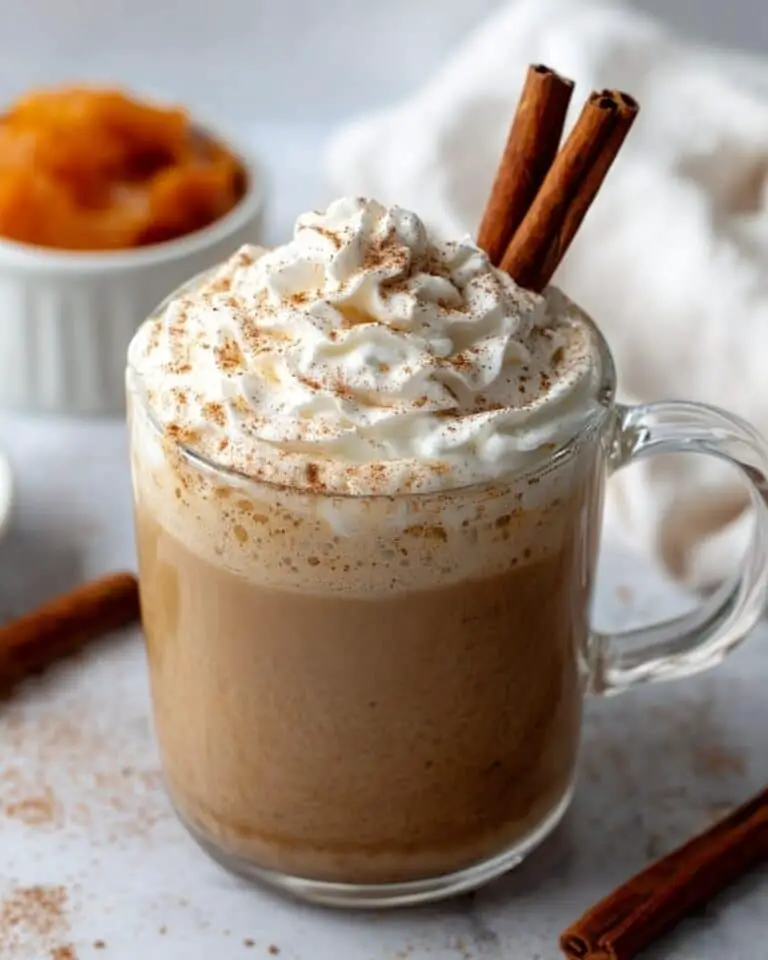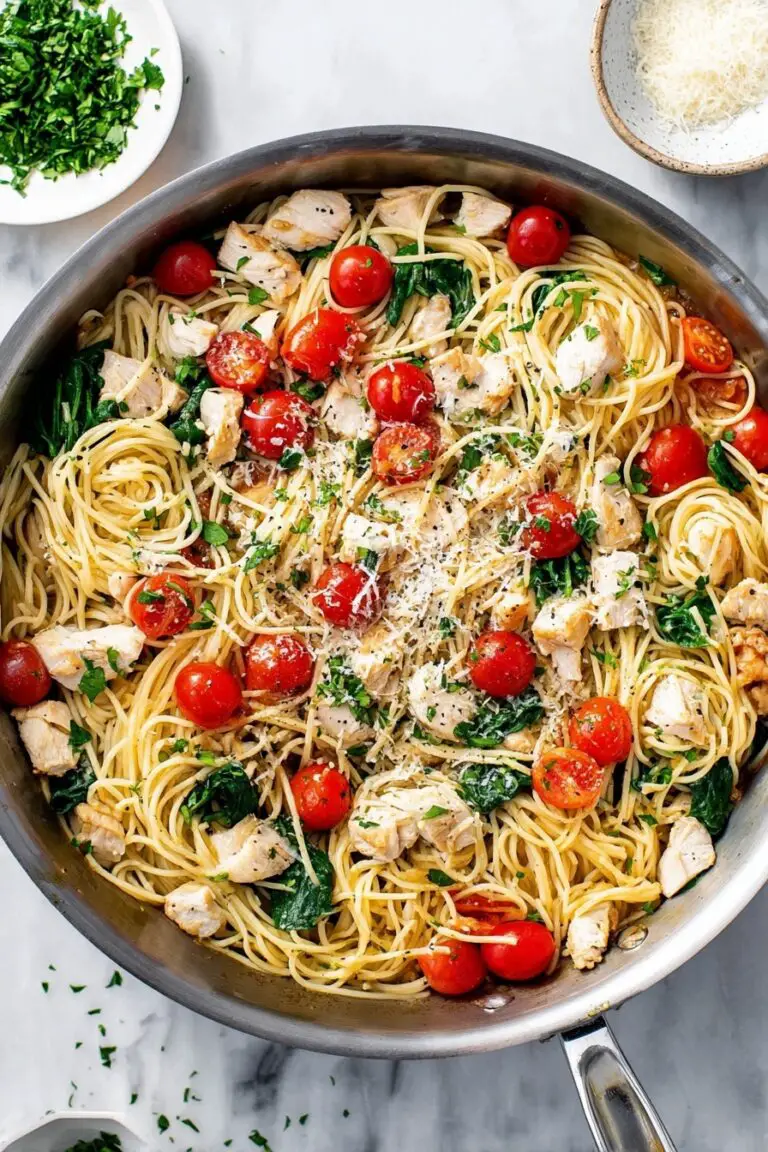I absolutely love how this Classic French Macarons with Vanilla Buttercream Filling Recipe turns out every single time. There’s something so magical about those delicate, crisp shells giving way to a soft, creamy buttercream inside that just makes you want to savor each bite slowly. Whether you’re looking for a fancy treat to impress guests or a special homemade gift, macarons are that little bit of elegance that feels totally worth the effort.
When I first tried making these, I was a little intimidated, but once you get the hang of the folding and the meringue, you’ll find that the process becomes almost meditative. Plus, the vanilla buttercream filling is rich and smooth, perfectly balancing the nutty almond flavor of the shells. This Classic French Macarons with Vanilla Buttercream Filling Recipe is a joy to make and even more delightful to share.
Why You’ll Love This Recipe
- Classic Technique: This recipe respects traditional French methods to give you authentic macarons every time.
- Vanilla Buttercream Filling: The rich, creamy filling perfectly complements the light almond shells for a balanced treat.
- Beginner-Friendly Tips: I’ve included practical, down-to-earth advice to help even first-timers succeed.
- Make-Ahead Friendly: These macarons improve in flavor and texture after resting, making them perfect for planning ahead.
Ingredients You’ll Need
Each ingredient here plays an important role, combining to create those classic macaron shells and that luscious vanilla buttercream filling. Using quality almond flour and fresh eggs will really elevate your results!
- Egg whites: Room temperature whites whip up better, giving you that perfect meringue consistency.
- Almond flour: Finely ground and sifted is key to smooth shells—avoid large bits to keep your surface flawless.
- Granulated sugar: Helps stabilize the meringue and sweeten the shells just right.
- Powdered sugar: Adds sweetness and works with almond flour for the delicate texture.
- Vanilla: Use pure vanilla extract to add warmth and depth to shells and buttercream filling.
- Cream of tartar: Stabilizes the egg whites, making your meringue fluffier and longer-lasting.
- Unsalted butter: For the buttercream, softened to room temperature, so it blends smoothly.
- Egg yolks: Added to buttercream for richness and that classic French flavor.
- Water: Used to make the sugar syrup, a staple in French buttercream recipes.
- Salt: Just a pinch enhances all the flavors beautifully without overpowering.
Variations
I like to keep things classic, but that doesn’t mean you can’t get creative! Adding your own twist to this Classic French Macarons with Vanilla Buttercream Filling Recipe is a great way to make it your own.
- Flavored Shells: I’ve tried adding a little matcha powder or cocoa to the almond flour mixture for a subtle flavor change—it’s a fun way to switch things up without changing the technique.
- Colored Buttercream: Adding gel food coloring to the buttercream filling makes them perfect for themed celebrations.
- Dairy-Free Alternative: You can replace the butter with coconut oil and try aquafaba (chickpea water) for egg whites, though the texture changes a bit.
- Fruit Fillings: Sometimes I fold in a bit of raspberry puree into the buttercream for a fruity zing that my family goes crazy for.
How to Make Classic French Macarons with Vanilla Buttercream Filling Recipe
Step 1: Perfectly Whip Your Meringue
Start by whisking those room-temperature egg whites in a perfectly clean bowl. I discovered this trick when I’d have trouble getting stiff peaks—using a grease-free bowl makes all the difference. Once the whites start foaming, add cream of tartar. Then, slowly add the granulated sugar while continuing to whisk until you get a marshmallowy, stiff meringue that holds its shape and even clings to the whisk. You’ll see it start filling the whisk—that’s your cue you’re close!
Step 2: Sift and Fold Your Dry Ingredients Gently
Sift the powdered sugar and almond flour multiple times to avoid any lumps or larger bits—this helps the shells come out smooth and pretty. Then, carefully fold one-third of the dry ingredients into your meringue. Folding is key here, and it took me a bit to get the technique down: gently press the batter against the bowl with your spatula and keep folding until the batter flows like thick lava and can fall into a figure eight without breaking. If you overmix, you’ll lose air and get flat shells, so patience is your best friend.
Step 3: Pipe and Rest Before Baking
Pipe inch-wide dollops onto parchment paper that you’ve “glued” down with a dab of batter (this stops it from slipping). I learned the hard way to pipe straight down, keeping the tip perpendicular for nice round shells. After piping, tap your baking sheet a few times to pop air bubbles—those bubbles love to cause cracks if you don’t. Then, be patient and let them rest for about 40 minutes, or until the surface forms a skin that isn’t sticky when touched. This step helps get those classic “feet” beneath the shells.
Step 4: Bake and Cool with Care
Bake at 300°F (150°C) for 12-15 minutes. I always rotate the tray halfway through baking for even cooking since home ovens can be a bit uneven. Once baked, let the shells cool completely on the sheet before trying to peel them off—rushing this can cause breakage. If your shells end up a little too crisp, I’ve found brushing the bottoms with a bit of milk before assembly softens them nicely.
Step 5: Make the Creamy Vanilla Buttercream Filling
This buttercream is the perfect finishing touch—rich, smooth, and balanced. First, make a sugar syrup by dissolving sugar in water and bringing it to a boil until it reaches 240°F (115°C). While that’s cooking, whisk your egg yolks until thick and foamy in your stand mixer. Then, slowly drizzle the hot syrup into the yolks while mixing on medium speed—this step took me a bit of practice but it’s key for a silky texture. When the mixture cools to room temperature, add softened butter piece by piece, mixing until creamy, then stir in vanilla and a pinch of salt. Voilà: luxurious vanilla buttercream ready to sandwich your shells.
Step 6: Assemble and Age for Best Flavor
Pipe the buttercream onto the back of half your macaron shells and gently press the matching halves on top. I always refrigerate these for 1-3 days before enjoying. This “aging” softens the shells slightly inside and blends the flavors beautifully—trust me, it’s worth the wait!
Pro Tips for Making Classic French Macarons with Vanilla Buttercream Filling Recipe
- Cleanliness is Key: Make sure all your bowls and utensils are grease-free to get that perfect meringue every time.
- Sift Multiple Times: I learned that sifting your almond flour and powdered sugar at least twice ensures smooth, crack-free shells.
- Practice Your Folding: Don’t rush this step; the batter should flow slowly off the spatula like warm lava and be able to form a figure eight.
- Let the Shells Rest: The drying period before baking is crucial for feet development—don’t skip or shorten this time!
How to Serve Classic French Macarons with Vanilla Buttercream Filling Recipe
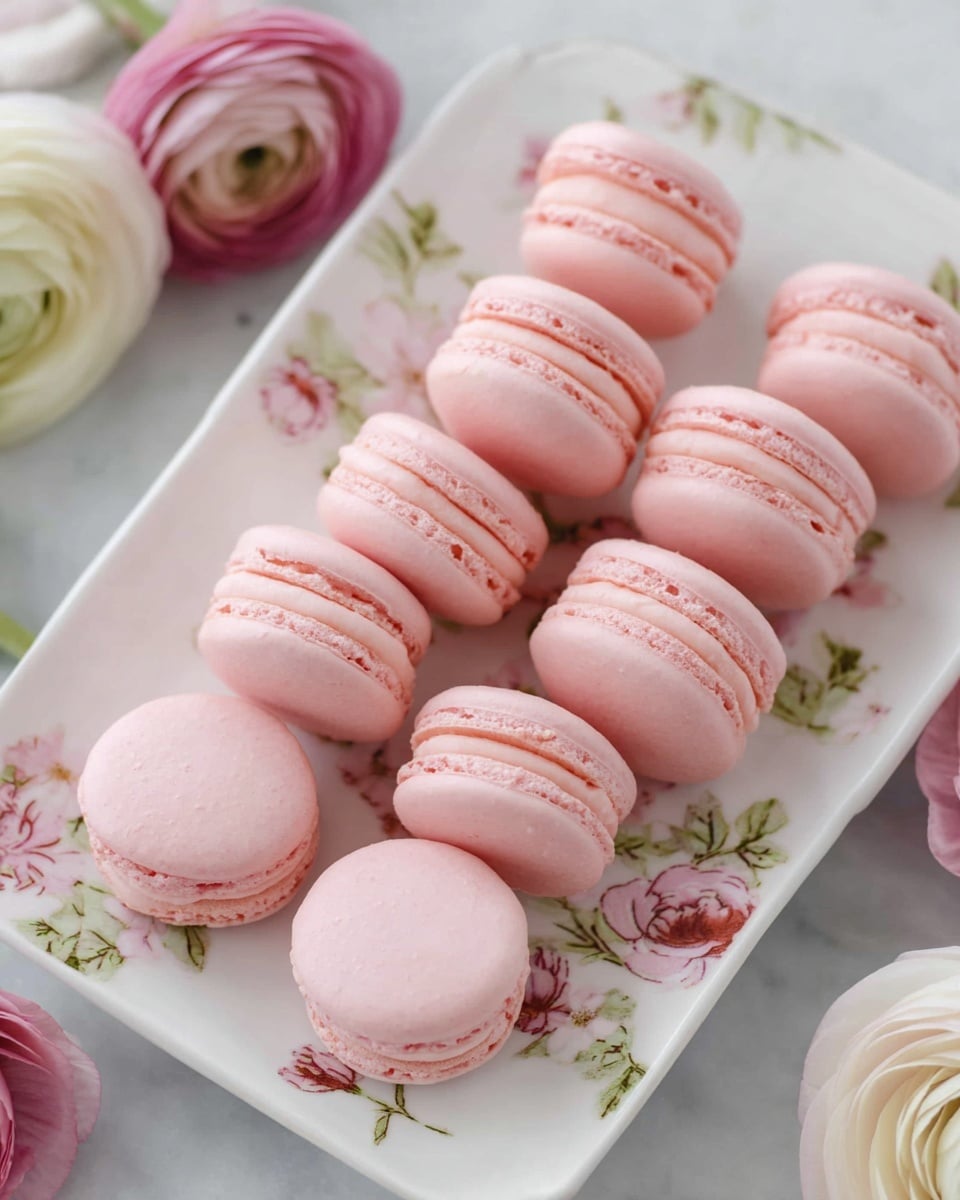
Garnishes
I usually keep garnishes simple since the macarons are already a centerpiece—but a light dusting of powdered sugar or edible gold dust adds a lovely sparkle when I’m serving these for special occasions. Tiny edible flowers can make them look super fancy without extra effort.
Side Dishes
I love pairing these macarons with a cup of strong espresso or a delicate Earl Grey tea. Their lightness and sweetness complement a warm drink perfectly, making for a little moment of indulgence.
Creative Ways to Present
For birthdays or holidays, I’ve created colorful macaron towers by stacking these beauties on a cone-shaped stand. Another fun idea is to arrange them in a pretty box with tissue paper for gifting—a guaranteed smile every time!
Make Ahead and Storage
Storing Leftovers
If you have leftovers (which might be rare!), store your macarons in an airtight container in the fridge. I’ve found this keeps them fresh and the buttercream softens the shells even more over time.
Freezing
Macarons freeze really well! I’ve wrapped them individually in plastic wrap, then placed them in a sealed container. When you’re ready, just thaw in the fridge overnight — they taste almost as good as freshly made.
Reheating
I don’t recommend reheating macarons in the traditional sense since their texture is best enjoyed cool or at room temperature, but if you want to soften slightly crisp shells, letting them sit out for about 20 minutes works wonders.
FAQs
-
Why are my macarons cracking on top?
Cracked tops usually mean your shells didn’t rest long enough before baking, so the surface didn’t have time to form that all-important skin. Make sure to let them sit for at least 30-40 minutes until they’re no longer sticky to the touch.
-
How can I get that perfect ‘foot’ on my macarons?
Feet form when the surface is dry before baking and the oven temperature is just right. Rest your shells thoroughly, and use an oven thermometer to ensure you’re baking around 300°F (150°C).
-
Can I use food coloring in this recipe?
Yes! Add gel or powdered food coloring to the meringue once it reaches soft peaks for vibrant colors without affecting texture.
-
How long can I store assembled macarons?
Macarons taste best after 1-3 days in the fridge, but stored airtight, they’re still good for up to a week. Just bring them to room temperature before serving.
Final Thoughts
This Classic French Macarons with Vanilla Buttercream Filling Recipe is truly a labor of love—and one that I always find so rewarding. It’s a perfect project if you want to challenge yourself a bit but end up with something undeniably impressive and delicious. I promise, once you learn the little tricks, you’ll be whipping up these elegant treats for birthdays, special occasions, or even just a luxurious afternoon treat. Give it a go, and you’ll love the satisfaction that comes from creating your own beautiful macarons at home.
Print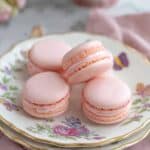
Classic French Macarons with Vanilla Buttercream Filling Recipe
- Prep Time: 50 minutes
- Cook Time: 15 minutes
- Total Time: 1 hour 5 minutes (excluding refrigeration time)
- Yield: About 40-50 macarons (depending on size)
- Category: Dessert
- Method: Baking
- Cuisine: French
Description
This classic French Macaron recipe guides you through making delicate, chewy almond meringue cookies filled with a smooth, creamy French buttercream. Perfectly crisp on the outside and soft on the inside, these elegant treats are ideal for special occasions or afternoon tea, with tips to achieve the perfect texture and flavor balance.
Ingredients
For the Cookie
- 100 g egg whites (room temperature, from about 3 large eggs)
- 140 g almond flour (about 1 1/2 cups)
- 90 g granulated sugar (just under 1/2 cup)
- 130 g powdered sugar (1 cup)
- 1 tsp vanilla extract (5 mL)
- 1/4 tsp cream of tartar (800 mg)
For the Buttercream
- 1 cup unsalted butter (softened, 226 g)
- 5 egg yolks
- 1/2 cup granulated sugar (100 g)
- 1 tsp vanilla extract
- 3 tbsp water (30 mL)
- 1 pinch salt
Instructions
- Sift Dry Ingredients: Sift the confectioners (powdered) sugar and almond flour together into a bowl to remove lumps and achieve a smooth texture for the macarons.
- Whip Egg Whites: Place room temperature egg whites in a very clean bowl. Using an electric mixer, whisk them until they begin to foam. Add cream of tartar, then slowly incorporate the granulated sugar. Continue beating until stiff peaks form. Add vanilla and food coloring if desired, then mix to combine.
- Fold Dry Ingredients: Gently fold in one-third of the sifted dry ingredients into the whipped egg whites. Carefully incorporate the remaining dry ingredients by folding gently, aiming for a batter consistency described as flowing lava that can fall in a figure eight shape without breaking.
- Pipe Macarons: Spoon the batter into a piping bag fitted with a medium round tip. Pipe one-inch dollops onto a baking sheet lined with parchment paper, placing the paper on with dabs of batter to prevent movement. Tap the tray firmly on the counter several times to release air bubbles.
- Rest Macarons: Let the piped shells sit at room temperature for about 40 minutes to form a skin that will help develop the characteristic macaron feet during baking.
- Bake Shells: Bake at 300°F (150°C) for 12-15 minutes. After 7 minutes, rotate the baking tray to ensure even cooking. Once baked, allow shells to cool completely before removing from the parchment.
- Make French Buttercream: In a medium saucepan, combine sugar and water and heat over low heat while stirring until sugar dissolves. Increase heat to medium-high and bring to a boil until the syrup reaches 240°F (115°C). Meanwhile, beat egg yolks in a stand mixer with whisk attachment until thick and foamy. Gradually drizzle the hot syrup into the yolks with the mixer running. Continue mixing until the bowl cools to room temperature.
- Add Butter and Flavor: Add softened butter one cube at a time, allowing each piece to incorporate fully before adding the next. Mix in vanilla and salt, continuing to beat until the buttercream is smooth and creamy (about 5-6 minutes). Add food coloring if desired.
- Assemble Macarons: Pipe the buttercream onto the back of half the macaron shells, then sandwich with the remaining shells. Refrigerate the assembled macarons for 1-3 days to allow flavors to meld and shells to soften for optimal texture.
Notes
- The meringue must be whipped to stiff peaks for proper structure and texture; it should resemble thick marshmallow consistency and fill the whisk.
- Sift almond flour and powdered sugar multiple times to remove large particles that can mar the surface of macarons. Use a food processor between siftings if possible.
- Use a kitchen scale for ingredient accuracy, which is crucial for success with macarons.
- Fold the batter gently but thoroughly until it flows like lava and can form a figure eight without breaking; this ensures the right consistency.
- Pipe macarons perpendicular to the surface to avoid oblong or irregular shapes, releasing the piping bag pressure when stopping and lifting with a circular motion.
- Let piped shells rest for about 40 minutes before baking to develop a skin and characteristic feet.
- Macarons taste best after resting 2-3 days refrigerated, which softens the shells.
- If shells become too crisp from overbaking, brush the bottom with a little milk before assembly to soften.
Nutrition
- Serving Size: 11 g (1 macaron shell with filling)
- Calories: 63 kcal
- Sugar: 5.2 g
- Sodium: 18 mg
- Fat: 1.9 g
- Saturated Fat: 0.7 g
- Unsaturated Fat: 1.2 g
- Trans Fat: 0 g
- Carbohydrates: 6 g
- Fiber: 0.5 g
- Protein: 0.8 g
- Cholesterol: 0.7 mg

